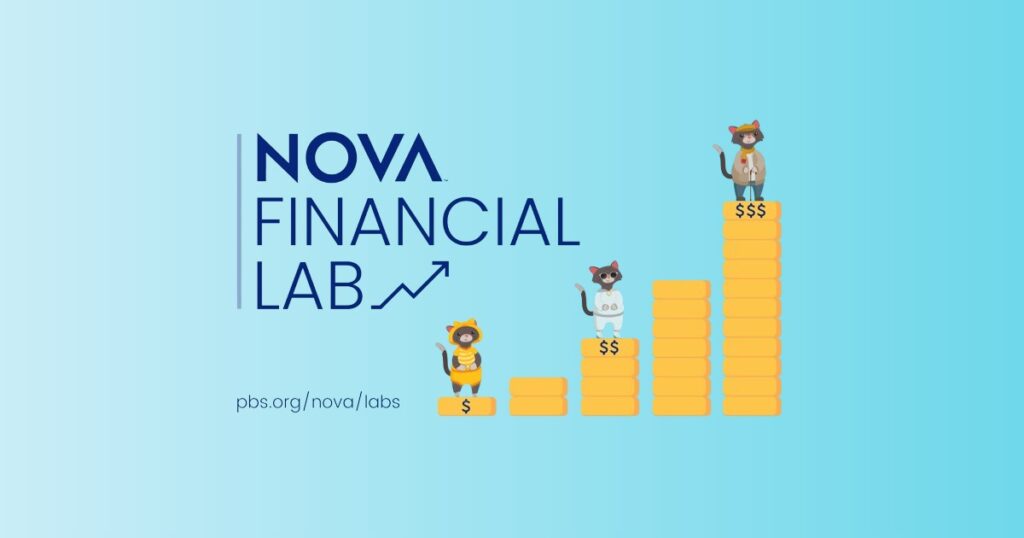
Content Partner
Grades 6-8, 9-12
Happy EconEdMonth! Celebrate economics all month long by visiting EconEdMonth.org

Don't have an account yet? Sign up for free
Don't have an account yet? Sign up for free


Students will utilize the Structured Academic Controversy method to explore the issue of income inequality in America. Through reading and civil discourse, a clear understanding of the concept and its causes will emerge. In addition, students will realize that while the existence of the problem is broadly embraced, people disagree on a remedy. Students will gradually construct their own opinions as they uncover compelling arguments on both sides of the debate.
How can policy makers close the increasing gap between the richest Americans and all others through an expanding economy in a way that benefits all?
Income inequality in the U.S. is on the rise. While many believe something should be done to remedy the problem, the great division is in the prescription for a remedy. One point of contention is in how wealthy people are cast in our society. Is greed the dominant trait among them? Or, as Bill Gates describes, are there three kinds of rich people: the value creator, philanthropist, and serial consumer?
Bill and Melinda Gates will give away half of their fortune in their lifetimes and J.K. Rowling became one of the richest people in the world by creating a lot of happiness. Should all wealthy be treated equally? A bigger disagreement results with the discussion of solutions. Some people advocate for a more progressive tax code and an increase of the minimum wage to $15 an hour. Others see these suggestions as stifling job killers that will send even more opportunity overseas.
Should the federal government invest more in infrastructure and clean energy projects to create quality jobs that can’t be outsourced? Or should the federal government’s role be reduced by removing unwieldy regulations to allow citizens an equal opportunity in their lives? The depth of this issue in our society is hard to calculate when so many citizens still cling to their faith in the American ladder of opportunity. But, 77 percent of Americans with investible assets of $1 million or more cited the "increasing income gap between poor and wealthy Americans" as a top economic concern, according to a new study from Morgan Stanley. Clearly, that view warrants serious energy toward a compromise solution.
The second Gini value indicates income inequality levels after the application of government policy. For all countries, the values have fallen, because countries tend to tax the rich more and redistribute benefits to the poor. Note to the students that compared to America’s peers, our position of inequality has become worse. Point out that the U.S. went from being the 10th most unequal country in the OECD to the 2nd most unequal (OECD is the Organization for Economic Co-operation and Development). The only country more unequal than the U.S. in the OECD is Chile. Ask the students what these facts imply about the United States’ government policies relative to those in other OECD countries? The U.S does not redistribute income through taxation or government assistance as much as other OECD countries.
Period 2
Extension activity not available.
As a final exercise, have students respond to this question in paragraph form: What is a more effective method to address inequality – fix inequality after it occurs or enact policies that help people get an equal chance to earn their way in life? Thoughtfully explain your opinion. (Answers will vary. Some will suggest that because equal opportunity cannot exist, redistribution of income after the fact is inevitable. Some will suggest that providing equal opportunity is the fairest way of addressing the issue and provides the best market incentives.)

Content Partner
Grades 6-8, 9-12

Grades 9-12

Grades 9-12

Grades 6-8
